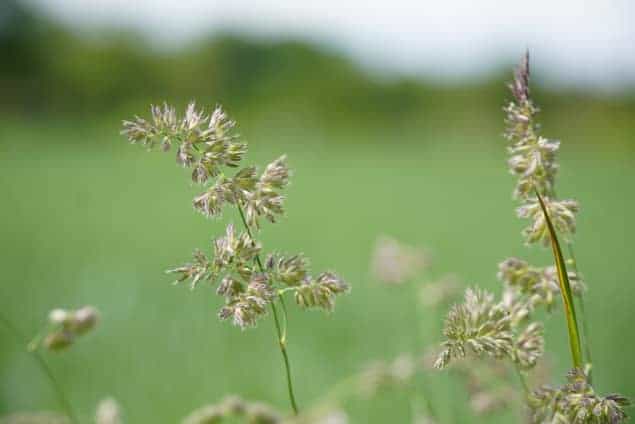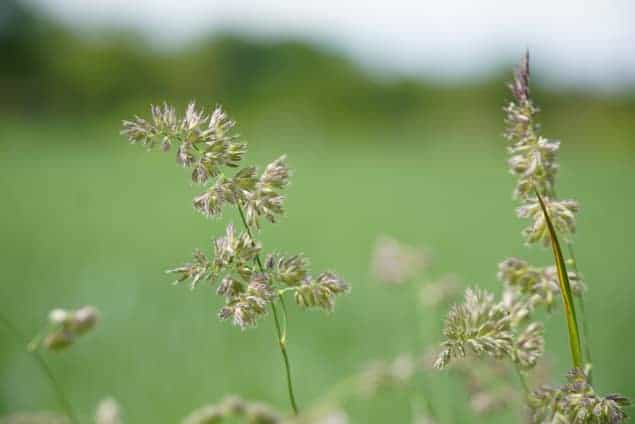When it comes to grass, does grass have flowers? In this article, we’ll dive into the world of grass to uncover the surprising truth about whether or not it produces those beautiful, colorful blooms we associate with traditional flowers. Whether grass has flowers is a somewhat complex answer. While grasses do have flowers in the form of spikelets, these structures may not be immediately recognizable as such. Nevertheless, grass flowers play a crucial role in the reproductive cycle of these plants, as well as in the functioning of many ecosystems.
So, let’s get down to the root of the matter and explore the grass’s floral secrets!
The Anatomy of Grass – Does Grass Have Flowers?
Grass, the common ground cover found in gardens, parks, and lawns, may not be immediately associated with flowers. To understand why, one must first grasp the basic structure of grass. Grass primarily consists of leaves, stems, and roots, creating a green, carpet-like appearance that we all know so well.
The Definition of a Flower
To answer the question “Does grass have flowers?” it’s essential to clarify what constitutes a flower. Flowers are the reproductive structures of flowering plants. They typically consist of petals, sepals, stamens, and pistils. These structures are specifically designed for the plant’s reproductive process. In traditional flowering plants, these parts combine to produce seeds and ensure the plant’s survival.
Grass’s Reproductive Structures
Grass doesn’t fit the traditional flower definition because it lacks many critical components that define a flower. Grasses reproduce through tiny structures called “spikelets” or “florets” at the grass stem’s tip. These structures contain both male and female reproductive organs. The male part, called the stamen, releases pollen, which fertilizes the female part, called the pistil. However, these reproductive structures significantly differ from the colorful, showy petals associated with typical flowers.
Grass Varieties with Flower-Like Features
While grasses don’t produce the striking, colorful flowers we often picture in gardens, some grass varieties display flower-like features. Ornamental grasses, for example, may have feathery, plume-like structures at the top of their stems, creating a visually appealing effect that can resemble traditional flower heads. These ornamental grasses are often used in landscaping to add texture, movement, and a touch of elegance to outdoor spaces.
Two grass varieties that exhibit flower-like features are the Pampas grass (Cortaderia selloana) and Maiden grass (Miscanthus sinensis). The Pampas grass, with its large, feathery plumes, and the Maiden grass, with its gracefully arching stems and silky flower heads, are excellent examples of how some grasses can mimic the look of traditional flowers.
Grass’s Ecological Importance
Although grasses might not have showy flowers, they play a crucial role in the ecosystem. Grasses are primary producers that provide food and shelter for various wildlife species, from insects to mammals. They also help stabilize soil, prevent erosion, and absorb carbon dioxide. Additionally, grasses are essential for agriculture, serving as food for livestock and a source of various grains like wheat, rice, and corn, which are fundamental staples in human diets.
Conclusion – Does Grass Have Flowers?
So, does grass have flowers? While grasses have their unique way of reproducing through spikelets and florets, they don’t produce the vibrant, petal-filled blooms we typically associate with flowers. However, certain grass varieties, such as Pampas grass and Maiden grass, exhibit features resembling flowers, adding beauty and elegance to outdoor landscapes. Regardless of their flower-like appearance, grasses are vital components of the natural world, serving various ecological and agricultural purposes. So, next time you admire your lawn or a field of grass, you’ll appreciate the natural elegance of these versatile, green plants.


